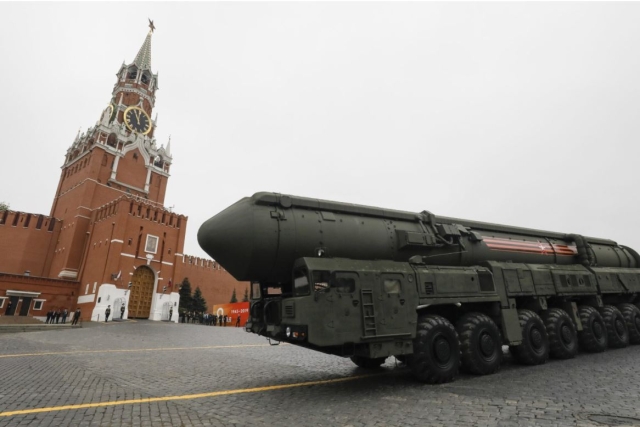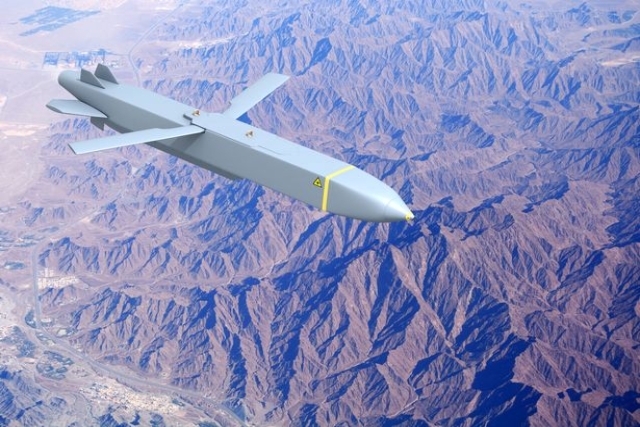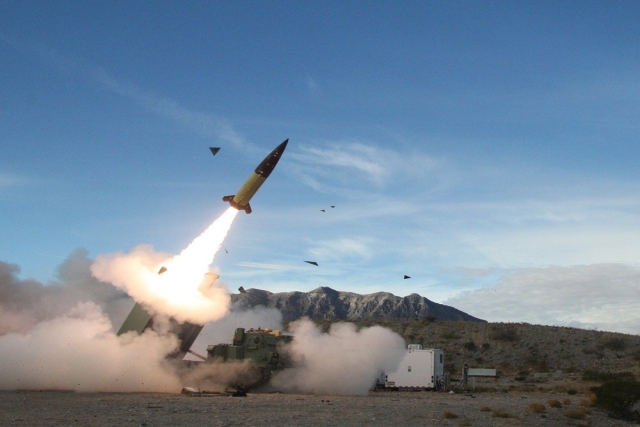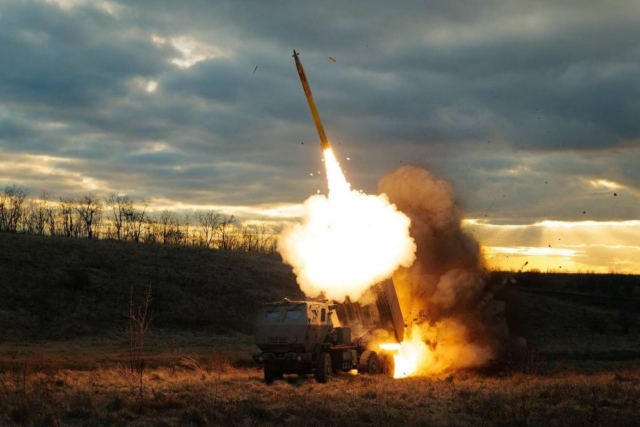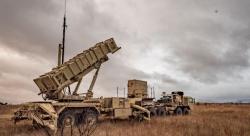Russia Fired RS-26 Rubezh ICBM-Based IRBM at Ukraine: U.S.
Putin calls the missile launch a response to U.S. missile deployments and Ukrainian ATACMS and Storm Shadow strikes.
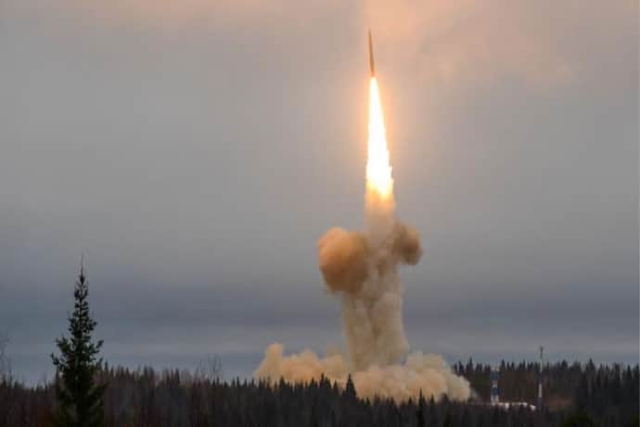
The U.S. Department of Defense has confirmed that Russia fired an experimental intermediate-range ballistic missile (IRBM), derived from the RS-26 Rubezh intercontinental ballistic missile (ICBM), at the Ukrainian city of Dnipro.
The missile, carrying a conventional warhead, marked the first use of such a weapon in the ongoing conflict.
During a Pentagon briefing, Deputy Press Secretary Sabrina Singh stated that the U.S. was briefly informed through nuclear risk reduction channels before the launch. She added that the missile, while currently armed with a conventional warhead, could potentially be modified to carry nuclear payloads.
Russian President Vladimir Putin had recently indicated plans to develop intermediate-range missiles following U.S. and German agreements to station long-range missiles in Germany starting in 2026. The fired IRBM, described as nuclear-capable, has a range below 5,500 km, sufficient to target European regions but not the U.S.
The missile’s flight path and high trajectory are characteristic of ICBMs, but its range and intended use differentiate it as an IRBM. Singh highlighted the strategic shift in Russia’s use of missile systems in Ukraine, describing this IRBM as a "new type of lethal capability."
Target and Strategic Implications
Moscow claimed the missile struck a facility linked to Ukraine’s missile and space technology production in Dnipro, specifically referencing the Pivdenmash enterprise. Ukrainian officials initially believed the missile to be an ICBM, emphasizing the complexity of assessing such threats in real-time.
Putin acknowledged the missile, reportedly named “Oreshnik” (Hazel), in a televised statement, explaining its deployment as a reaction to U.S. plans for missile production and deployments in Europe and Asia. However, he denied that the launch was linked to NATO’s new missile defense base in Poland, instead framing it as a response to recent Ukrainian long-range strikes inside Russian territory with Western-supplied weapons.
What is Russia saying?
Putin stated that Ukraine, with authorization from the Biden administration, carried out strikes on Russian targets using U.S.-made ATACMS on November 19 and followed up with attacks employing British Storm Shadow missiles and U.S.-made HIMARS on November 21.
The Russian Defense Ministry announced that all warheads of the Oreshnik medium-range ballistic missile, equipped with a non-nuclear hypersonic warhead, successfully hit their target. The missile, used for the first time in combat, struck a Ukrainian defense industry facility in Dnepropetrovsk. The ministry confirmed the mission’s objective was achieved.
Collapse of Intermediate-Range Nuclear Forces (INF) Treaty
This development comes amid heightened tensions over missile systems following the U.S. withdrawal from the Intermediate-Range Nuclear Forces (INF) Treaty in 2019. The treaty’s collapse has fueled missile development and deployment by both nations.
Simultaneously, the U.S. has announced the provision of antipersonnel landmines to Ukraine. Defense Secretary Lloyd Austin emphasized the controlled and safer nature of these mines compared to Ukraine’s locally produced versions, ensuring they are used only within Ukrainian territory and not in populated areas.
